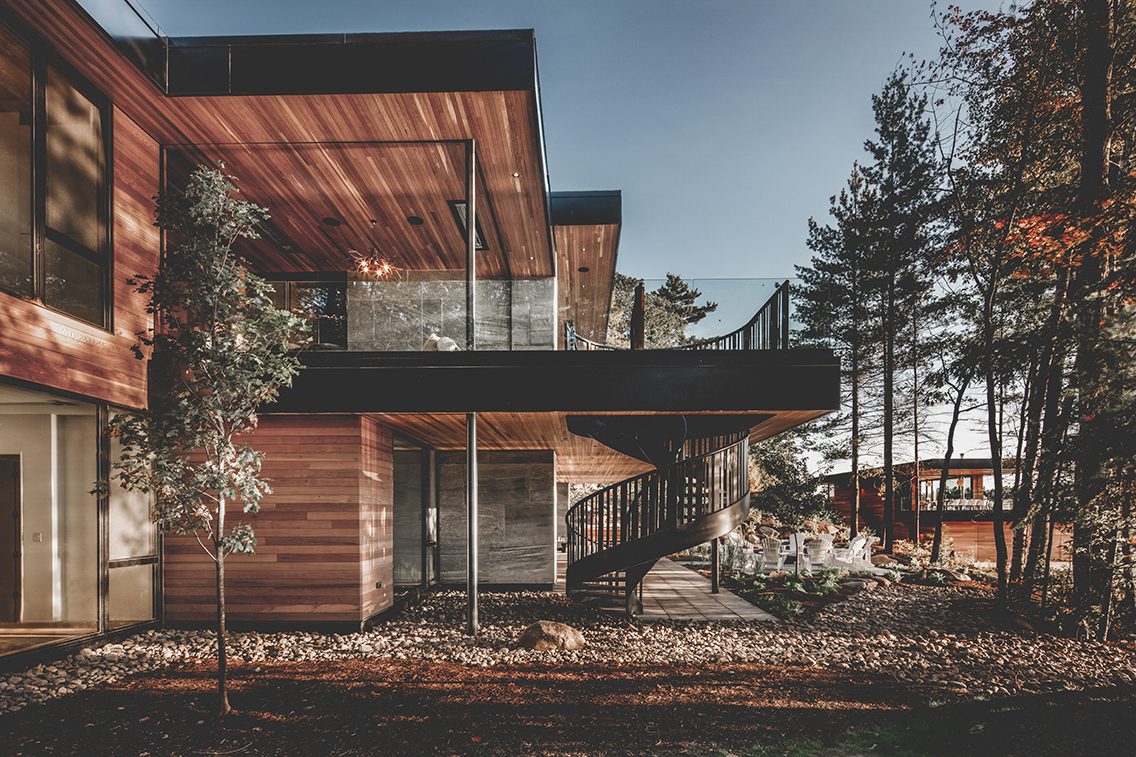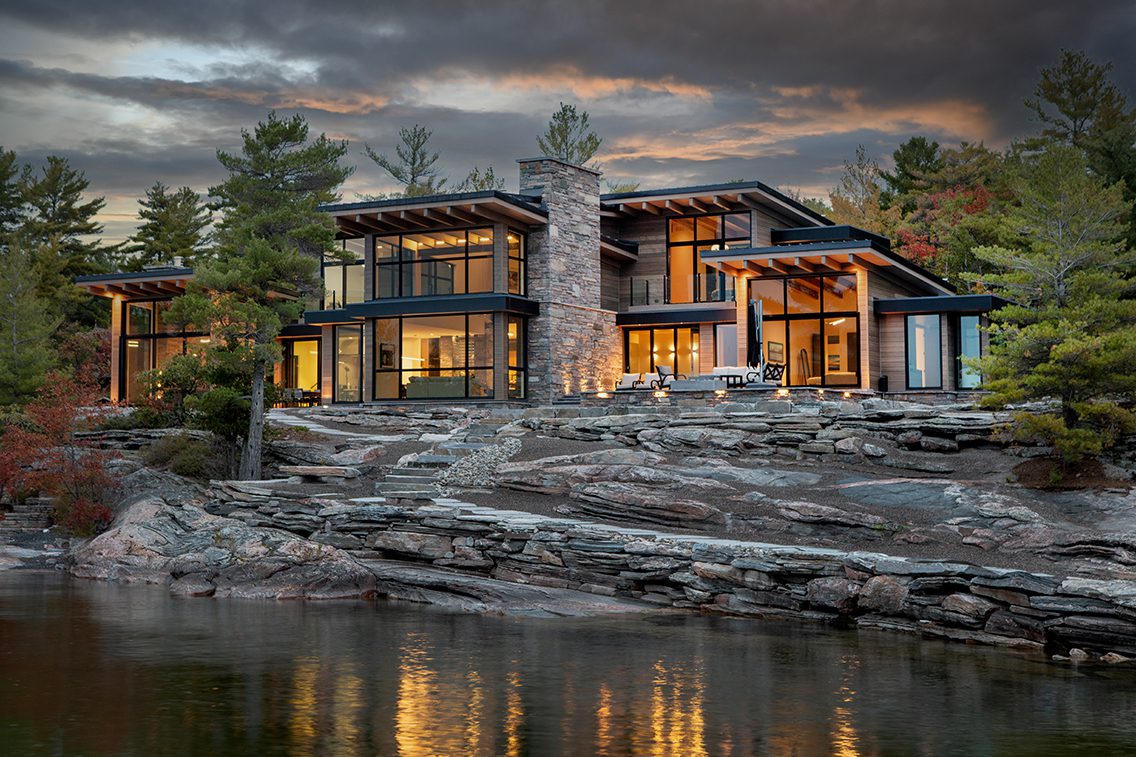
BY ALEX FORESHEW
Whether you have spent most of your life dedicated to understanding the complexities of architectural world, or you find yourself standing at the precipice of your next architectural venture, there are key components that are used to shape a successful design. These principles can simultaneously act as a road map to achieve your ideal design, and also help to shape your expectations as you navigate the challenges.
One of the principles that should be kept at the forefront of your approach to design is compression and release. This is a fundamental technique woven into the framework of many impressive designs. This technique allows designers to create spaces that instill grandeur, while not compromising the intimacy of a home. This idea of maintaining warmth and comfort is an important element of designing to human scale. This personal and welcoming experience is felt in compression. It is an intimate moment, a controlled setting, and a way to preface the beauty that lies just out of one’s sight line. The release is just that…a dilation of one’s physical and visual space. It gives the homeowner the gift of experiencing a ‘moment of awe’ every time they enter the space, as well as being able to share that experience with guests.

When these design principles come together to strike the perfect chord, this deliberate use of scale is obvious enough that it impacts one’s experience; but invisible enough that the technique goes unnoticed.
It is important to consider that ‘compression and release’ is a technique best used as one moves through areas of transition into spaces of relaxation. The intimate human scale of compression is grounding and warm, and should instill feelings of being one with the space, creating a sense of belonging.
When designing to human scale, there is a much larger design consideration: proportion, which is an overarching concept that trumps many of the minutiae that contribute to the overall design. Proportion is the main artery that runs through the interior and exterior of any design. Successful proportions are likely to go unnoticed, but an imbalance is sure to strike an optic nerve.
The visual experience of design is created through techniques that fall along a hierarchy, as a curated set of design principles that allow the designer to put the exclamation points in the appropriate places. Elements such as scale, position, and contrast can all help shape a home that is balanced and in proportion.
When designing in Northern Ontario, the terrain dictates design focal points. Nature can provide the most significant assets and challenges to architectural design. Site visits in the initial phases of working with a new client, and reading the complexities of the property, often uncover the unique gems within the landscape, waiting for a discerning eye to recognize their true potential.

At Foreshew Design, we take great pride in designing structures that are “light on the land.” With the intent to highlight and minimize, our work blends with the natural landscape and refrains from inserting man-made intentions.
One of my favourite design journeys was a cottage project on Georgian Bay. When I arrived on site, I noticed the land was very low-lying and rugged, almost blending into the water at its base. I focused on the design hierarchy, and ensured that it rose from one side of the structure to the other, drifting into the natural landscape at each wing. During this initial site visit, I discovered that the property’s orientation perfectly aligned with a particular island on the Bay. It became clear that the natural gift of this landscape would be utilizing that island as the focal point of this cottage design. This was a gift that could be unwrapped by the client every time they entered or received guests into their home.
A discerning characteristic of lakefront design is that individuals often take advantage of a particular feature of the landscape. This means that the frontage is typically extended length-wise, which from a design perspective, means that all of the rooms within the home that deserve a lakefront view are bestowed one.

Although a stark contrast of climates, these features are also true for the Caribbean projects that we have enjoyed designing. Typically, the client bringing a Caribbean vision to fruition is looking to take advantage of similar natural features and focal points to that of a lakefront property in Muskoka.
We also have to create impactful design within the much more rigid framework of city limitations. Most of the time in the city, the natural landscape doesn’t hold the same treasures as lakefront properties. Typically, these properties are rigid and two-dimensional in feeling. If nature doesn’t provide its own interest or focal points, it falls into the hands of an experienced designer to create them. The layouts of city residences are pushed to a front-to-back orientation of development, in contrast to the typically vast waterfront locations of Northern Ontario. While this can be viewed as limiting in terms of development, by breaking down facades in unique ways, architectural design can establish privacy and unique characteristics within the more robust confines of urban living.
Alex Foreshew is Principal Designer & CEO of Foreshew Design Associates based in Muskoka, Ontario. His current work transcends geographic location and spills into categories of traditional, transitional and modern/contemporary design. For more information, visit www.foreshewda.com or @foreshew_da on Instagram

